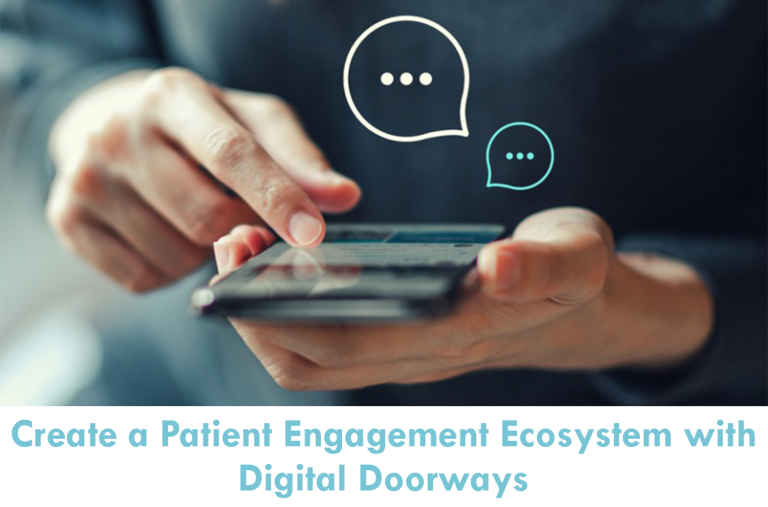
Guest Post Published by VisualDx
Skin is often seen as the window into someone’s overall health. There are potentially life-threatening infectious diseases that can present with skin changes that look very different depending on the skin’s pigmentation. That is why it is imperative to not only train to these differences but also be equipped with technology to best understand these variations and provide the equitable care and the best care possible.
Recognizing how rashes present on darker skin types and training clinicians to reduce their own biases is key to reducing diagnostic error…
Guest Post Published by RevSpring
There’s been a lot of talk lately about a “digital front door” and how it can help providers engage more easily with patients. Limiting person-to-person (“live”) interactions makes a lot of sense as part of heightened infectious virus containment efforts. But there are multiple reasons to use digital engagement strategies: chiefly, making it fast and convenient for patients to research the cost of procedures, make appointments, provide pre-service information forms, receive appointment reminders and, of course, receive and pay their service statements.
Because there are so many reasons and ways to engage with patients digitally, we believe a single “digital front door” is too limiting. That’s why we prefer the more comprehensive and descriptive “Digital Doorways” concept…
Guest Post Published by CoverMyMeds
Setting patients on the right medication access journey is often a team effort. While the prescriber is often diagnosing the patient’s condition and making the final medication selection, nurses are also key to prescribing. Other care team members contribute through patient demographic intake, benefits verification and communication between prescribing teams and pharmacies.
Care teams often experience strain driven by incomplete pictures of patients. As one psychiatric nurse practitioner from Connecticut [1] shared in a recent survey:
“There are still so many unmet needs in the healthcare arena as it relates to understanding, access to care and to treatment and compliance that have yet to be addressed.”
Guest Post Published by HIPAAOne
HIPAA compliance can be difficult to approach on your own. Healthcare providers and their business associates are required to perform an annual HIPAA Security Risk Assessment (SRA) to ensure that proper physical, administrative, and technical controls are in place to protect health information. By performing a security risk assessment, not only will you be prepared to pass an audit, but you can also protect your organization and its housed information from cybersecurity and privacy threats (after all, that is the point of the SRA and the mandate to perform one each year).
Guest Post Published by VaxCare
As we continue to look for silver linings from the yearlong-plus pandemic, there’s one that stands out: Seasonal influenza infections all but disappeared. This was thanks in large part to all the new behaviors we were forced to adopt to stop the spread of COVID-19: staying home, social distancing, wearing masks, and increased hand-washing.
According to the Centers for Disease Control and Prevention (CDC), there were only 2,038 flu cases during the season (Sept. 27, 2020 to April 24, 2021), compared with an estimated 38 million cases during the 2019–20 season. The hospitalization rate for the 2020–21 U.S. flu season was just 0.7 per 100,000 people—the lowest since the agency started tracking flu data back in 2005. And there’s one more piece of significant news: During last year’s flu season, there was just a single pediatric flu death, compared with 196 during the 2019–20 flu season.






Comments are closed